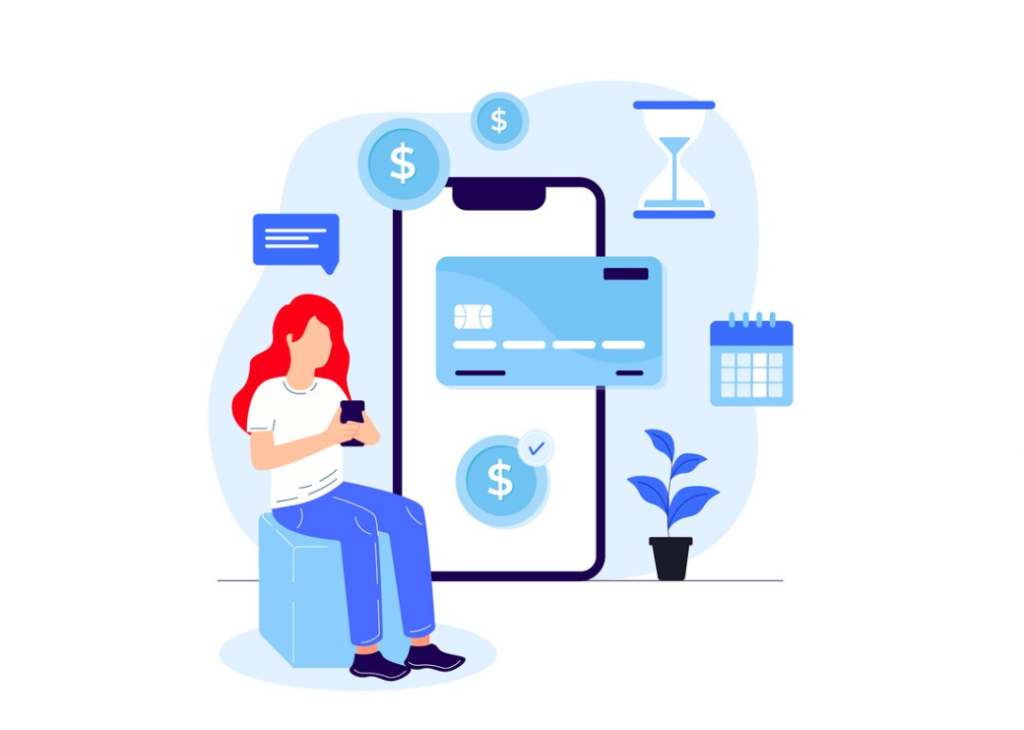In the rapidly evolving digital landscape, freelancers require efficient and reliable payment solutions that offer flexibility and convenience. The array of available options can be overwhelming, making it essential for freelancers to select the solutions that best suit their unique needs.
This article will explore the top 9 preferred payment solutions for freelancers, examining their features, benefits, and potential drawbacks to guide you in making an informed decision. Whether you’re a seasoned freelancer or just starting your journey, this guide will help you navigate the world of online payments with confidence.
Leveraging Online Invoice Payment Solutions as a Freelancer
Employing an array of payment methods can significantly bolster the growth of a freelancer’s business by offering their clients the versatility to employ their preferred payment method. For instance, while some clients may opt for traditional payment methods like credit cards or PayPal, others may not have access to these facilities.
Offering a variety of payment alternatives ensures peace of mind for both freelancer and client. Additional advantages of offering numerous payment options include broadening the scope of potential business growth. Multiple payment gateways often result in higher conversion rates for freelancers due to the ease they offer clients who may not exclusively use one payment method. With the wealth of choices available, there is sure to be an option for everyone.
Freelancers can provide diverse payment methods to their clients, including PayPal, Stripe, Razorpay, etc., as well as debit card payments and apps. These options cater to clients with varying needs, eliminating the need for the freelancer to ascertain a client’s available credit card or e-wallet, thereby streamlining and enhancing the profitability of the transaction.
Understanding the Advantages of Offering Diverse Payment Options to Clients
Sustaining Existing Customers
It is often easier and cost-effective to retain existing customers than to attract new ones. Customers may have a preferred method of payment, but it’s not a guarantee they’ll always stick to it. They may switch payment methods based on what is most convenient or relevant to their current situation. Or they might be intrigued by a newly discovered payment mechanism they find more appealing.
Thus, despite how long your customers have been doing business with you, it’s important to continually offer them new payment options. The desire for novelty is a driving force for consumers; repeating the same action can become monotonous. Therefore, it is critical to regularly research and survey your existing customers about their preferred payment methods.
Paving the Path for New Clients
Millennials, with their tech-savvy nature and digital preference, are most likely to emerge as your newest patrons. Unlike older customers who might lean towards traditional payment methods such as cash, debit, and bank transfers, Millennials heavily favor digital payments.
To appeal to this demographic, it is pivotal to demonstrate your business’ adaptability by embracing cutting-edge technology and continually incorporating innovative solutions. Catering to varying payment preferences not only attracts a diverse customer base but also forms a critical component of superior customer service, subsequently driving higher sales.
Furthermore, facilitating additional payment methods can expand your venture’s horizons beyond domestic markets, attracting international clients. This is primarily due to the capability of these methods to process multiple currencies and adhere to international payment norms.
Enhancing Cash Flow Management
Adopting diverse payment solutions can substantially improve the fluidity of your cash flow. Relying on a single payment modality may result in delayed access to your funds, possibly hampering your financial operations.
Integrating alternative payment mechanisms, such as direct debit, e-cash, or even cryptocurrency, can expedite the transaction process. This ensures near-instantaneous receipt of payment, thereby maintaining a robust cash flow – an essential strategy for sustaining business continuity across varying economic cycles.
Boosting Sales Volume Through Diversified Payment Options
Having a variety of payment methods at your disposal provides greater flexibility and can drive up sales. Online shoppers are usually enticed by the promise of affordable rates across a broad variety of goods.
From a customer perspective, certain payment options might yield significant benefits. Occasionally, customers can avail of discounts or cash-back offers. The savings they accrue and the extra services they avail of strengthen their affinity towards your business.
Top Nine Payment Methods for Freelancers
In an aim to simplify the lives of freelancers, we have put together a list of the nine most effective payment methods:
- PayPal: A forerunner in online payment security, PayPal offers a seamless user experience for customers making payments or receiving invoices. It provides a simplified menu of options for bill payments, saving customers time and allowing access across multiple devices.
- 2Checkout: This digital payment processing service is a trusted name in the industry, offering guaranteed fraud protection and secure online transactions. Each transaction is assigned a unique number for easy tracking throughout the entire processing cycle.
- Sage Pay: Known for its competitive pricing and high levels of security, Sage Pay is one of the most efficient Internet transaction systems in the market. Aimed at secure and efficient processing, it stands out for its value proposition.
- Bambora: An international payment service, Bambora enables e-commerce businesses to accept international credit card payments. It offers a currency-agnostic platform for secure payments and safeguards against exchange rate fluctuations.
- BluePay: This platform is suitable for businesses of all sizes. It offers competitive fees, clear statements, and industry-standard fraud prevention capabilities. With BluePay, you can accept payments in any currency, facilitating global business expansion.
- Braintree: Braintree Payment Gateway allows businesses and customers to make payments with quick processing and minimal costs. It supports transactions in over 100 countries and works with a broad range of credit cards, making it a popular choice.
- Stripe: Stripe is a well-known payment gateway capable of handling a wide variety of transactions affordably. It collaborates with major banks across the globe, eliminating the need for new merchant accounts.
- Razorpay: Catering to Indian businesses, Razorpay allows payments through websites and mobile apps. Its user-friendly APIs facilitate easy integration, ensuring a protected customer transaction experience.
- Alipay: With over 700 million users worldwide, Alipay supports transactions in 14 foreign currencies. Based in China, it is a secure payment solution that also accepts payments through multiple methods, including Bancário, Transferência Bancária, Maestro, Boletos, WebMoney, and Visa and MasterCard.
Conclusion
In the rapidly evolving digital age, having diverse payment options is no longer a luxury but a necessity for businesses, especially for freelancers. It paves the way for a more inclusive customer base, improved cash flow, and increased sales. However, it is equally important to remember the significance of providing detailed invoices for every transaction.
One practical way to do this is by using an official receipt template Word, which is easy to customize and user-friendly. This ensures transparency in transactions, aids in record-keeping, and provides a professional approach to handling finances. Whether you’re dealing with PayPal, 2Checkout, or Alipay, a well-structured invoice can create a significant difference in managing your payments and establishing trust with your clients.






